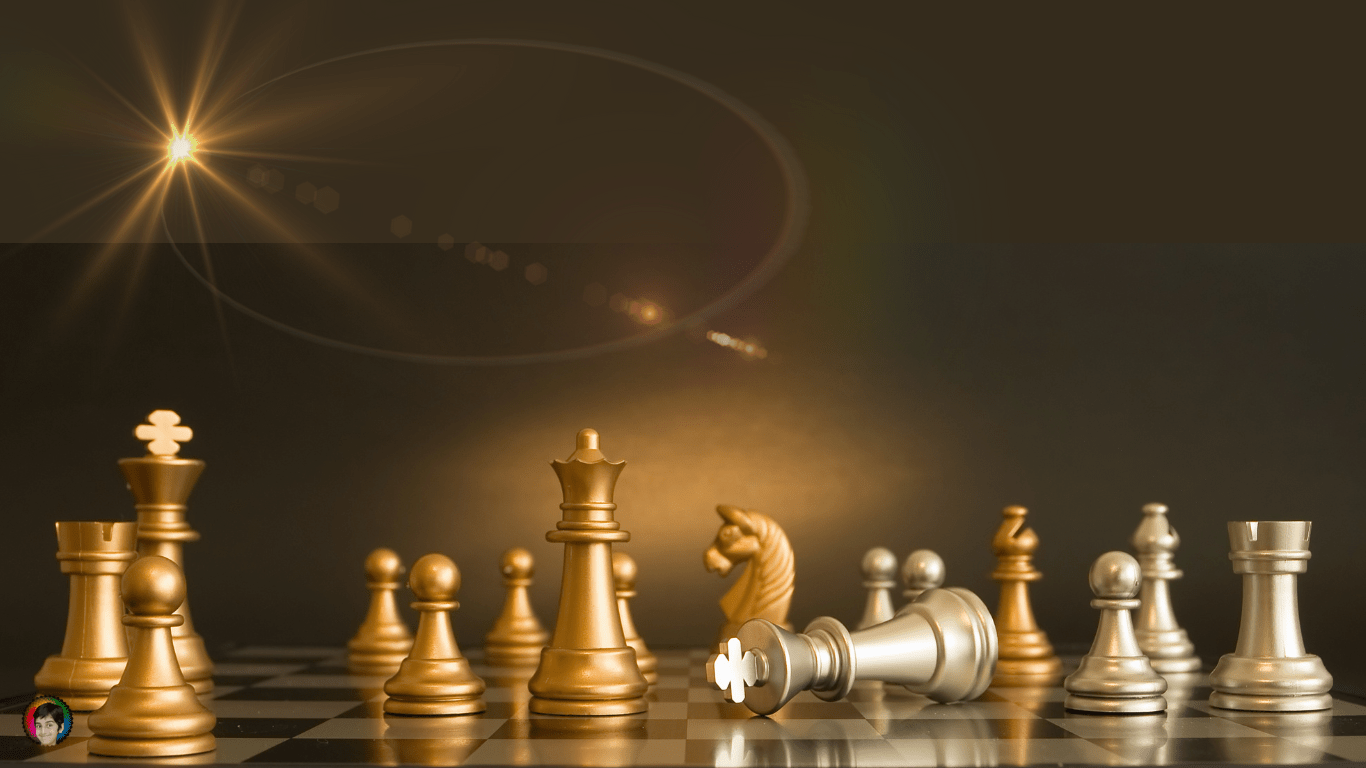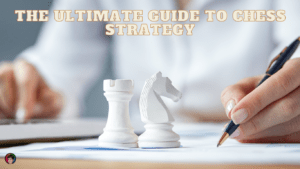Chess is a game that has been played for centuries, and it continues to be one of the most popular games in the world today. It is a game of strategy, tactics, and patience. In this guide, we will review some of the most important aspects of chess strategy that will help you improve your game and become a better player.
Understanding the Pieces
The first step in becoming a better chess player is understanding the pieces and how they move. There are six different pieces in a game of chess, and each one has a unique movement pattern. These pieces are the pawn, knight, bishop, rook, queen, and king.
The knight is a unique piece that moves in an L-shape. It is the only piece that can “jump” over other pieces on the board, making it a valuable asset in the game.
The bishop moves diagonally, often used to control the center of the board. Bishops are most effective when placed on squares of their color, as pawns cannot block them.
The rook moves horizontally and vertically, often used to control the sides of the board. Rooks are often combined with the queen to create a powerful attack.

The queen is the most powerful piece on the board and can move in any direction. She is often used to control the board’s center and launch powerful attacks against the enemy king.
The king is the most critical piece on the board and the game’s object. The king can only move one square at a time in any direction, and the player’s goal is to protect the king while trying to capture the enemy king.
Developing a Plan
Once you understand the pieces and how they move, the next step is developing a game plan. This plan should consider the position of the pieces on the board and any threats that may be present.
A critical aspect of developing a plan is controlling the board’s center. This can be done by placing pieces in the center, such as knights, bishops, and the queen.
By controlling the center, you will have more space to move your pieces, making it more difficult for your opponent to do the same.
Another critical aspect of developing a plan is to create a strong pawn structure. This means arranging your pawns to support each other and create a difficult barrier for your opponent to penetrate.
The Opening
The opening is the first part of the game, and it is a critical time to develop your plan and control the center of the board. There are many different openings in chess, each with unique advantages and disadvantages.
One of the most popular openings is the Sicilian Defense, which involves moving the king’s pawn two squares forward. This opening creates a strong pawn structure and provides a good base for future moves.
Another famous opening is the French Defense, which involves moving the king’s bishop pawn two squares forward. This opening is suitable for players who prefer a more defensive style of play.
The Middlegame
The middle game is the time in the game when pieces are developed and the players start to build their positions. This is the time to make strategic moves, such as exchanging pieces and creating threats against your opponent.

It is essential to continue controlling the center of the board and to maintain a strong pawn structure during the middle game. This will help you to create space for your pieces and to make it difficult for your opponent to do the same.
One crucial strategy during the middlegame is to exchange pieces. This means trading your pieces for your opponent’s pieces so that you come out ahead. For example, if you exchange a knight for a bishop, you may have gained an advantage, as knights are often more valuable than bishops.
Another critical strategy during the middlegame is to create threats against your opponent’s pieces and king. This can be done by putting pressure on their pieces, forcing them to move in an unadvantageous way. For example, if you threaten to capture their queen, they may be forced to move it, leaving another piece vulnerable.
The Endgame
The endgame is the game’s final stage, and it is the time when the game’s outcome is often determined. It is essential to have a good understanding of endgame strategies to be a successful player.
One important endgame strategy is to promote a pawn to a queen. This will give you a powerful piece that can control the board and create threats against your opponent’s king.
Another important endgame strategy is to create a passed pawn. This is a pawn that your opponent’s pawns cannot capture and can be advanced to the end of the board to promote it to a queen.
It is also essential to understand the concept of king and pawn endings. This is when the game has been reduced to only the kings and pawns on the board. In these situations, it is essential to understand the basic principles of king and pawn endgame play to win the game.
Some Tips To Improve
Control the center of the board: The four squares at the center are the most important squares in chess. Controlling these squares gives you more space to move your pieces and restricts your opponent’s options.
Develop your pieces: Develop your pieces quickly and efficiently. This means moving your knights and bishops to active squares and getting your rooks and queen into the game.
Protect your king: Make sure your king is safe from attacks. Keep it protected by keeping your pieces around it, casting early, and avoiding unnecessary risks.
Watch out for pawn structure: Pawns are the foundation of your position. Be careful when moving them, as they can create weaknesses in your position that your opponent can exploit.
Use tactics to your advantage: Tactics are short-term combinations of moves that create immediate threats. Look for opportunities to use tactics to gain material or checkmate your opponent.
Be aware of your opponent’s plans: Chess is a planning game. Try to anticipate your opponent’s next move and plan accordingly.
Understand pawn breaks: Pawn breaks involve advancing a pawn to attack your opponent’s pawn structure. They can open up lines for your pieces and create weaknesses in your opponent’s position.
Control open files and diagonals: Open files and diagonals are essential for your pieces. Control them by placing your rooks and queen on them or using your pawns to block them.
Keep the initiative: The initiative is the ability to make threats and force your opponent to react. Keep the initiative by constantly putting pressure on your opponent.
Be flexible: Chess is a dynamic game, and your plans may change depending on your opponent’s moves. Be flexible and adapt to changing situations.


I love these tips. I’m an older guy looking to get into chess. I maybe late on become GM, but to play them is something I’ll like to do so I can tighten up my skills. Maybe go for a few tournaments.